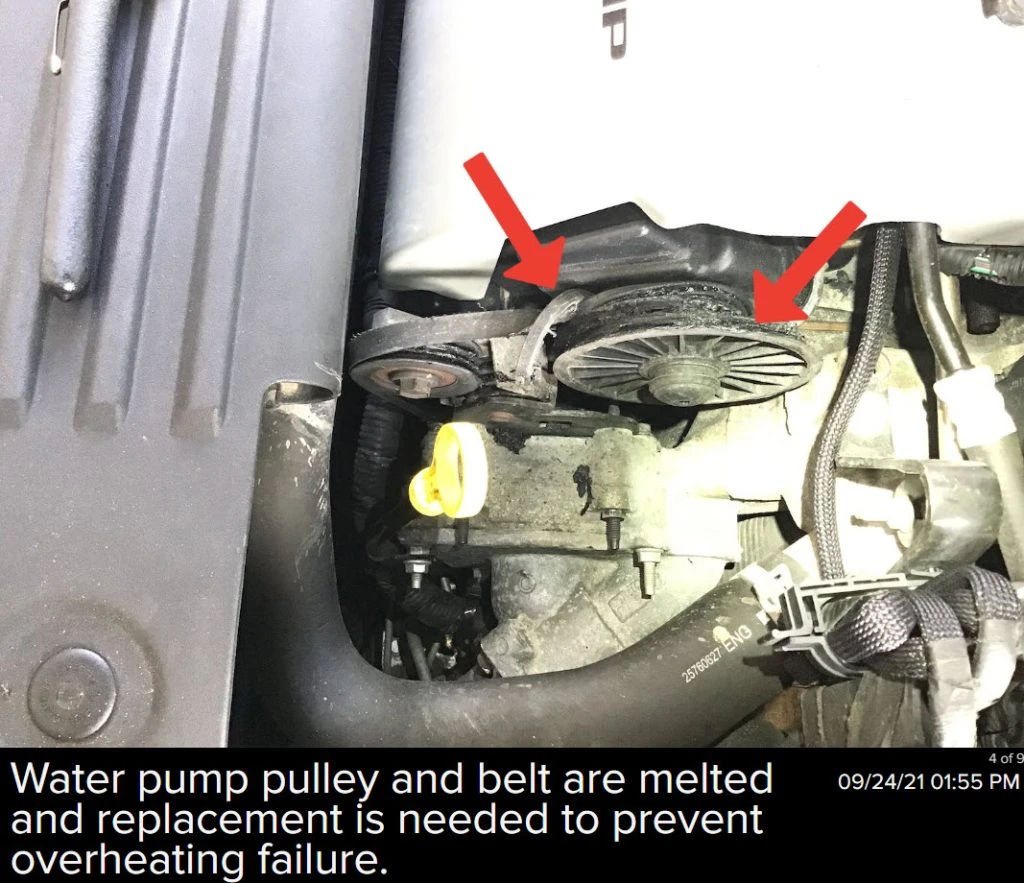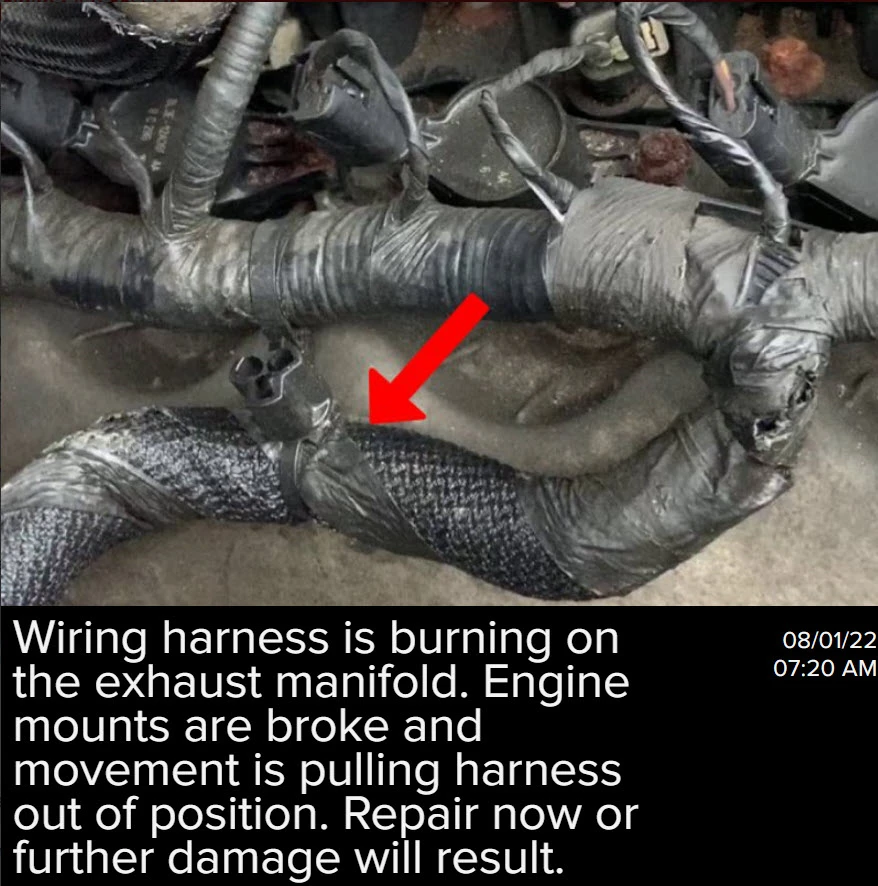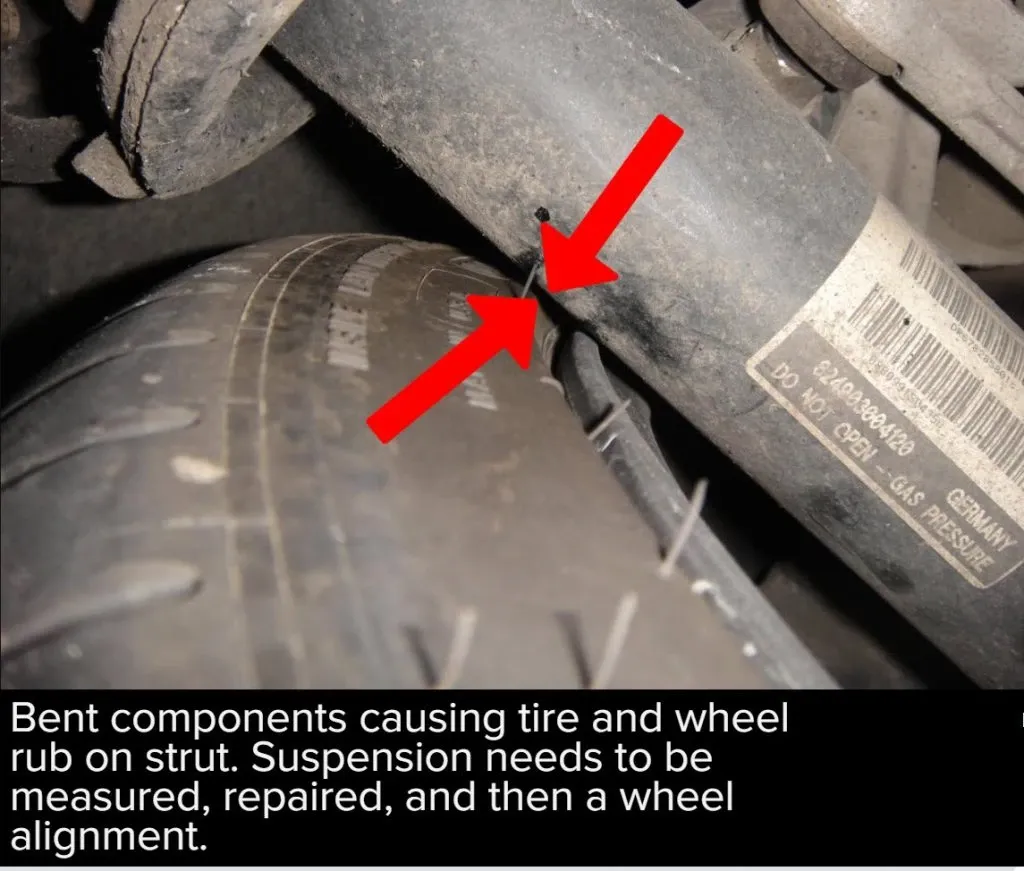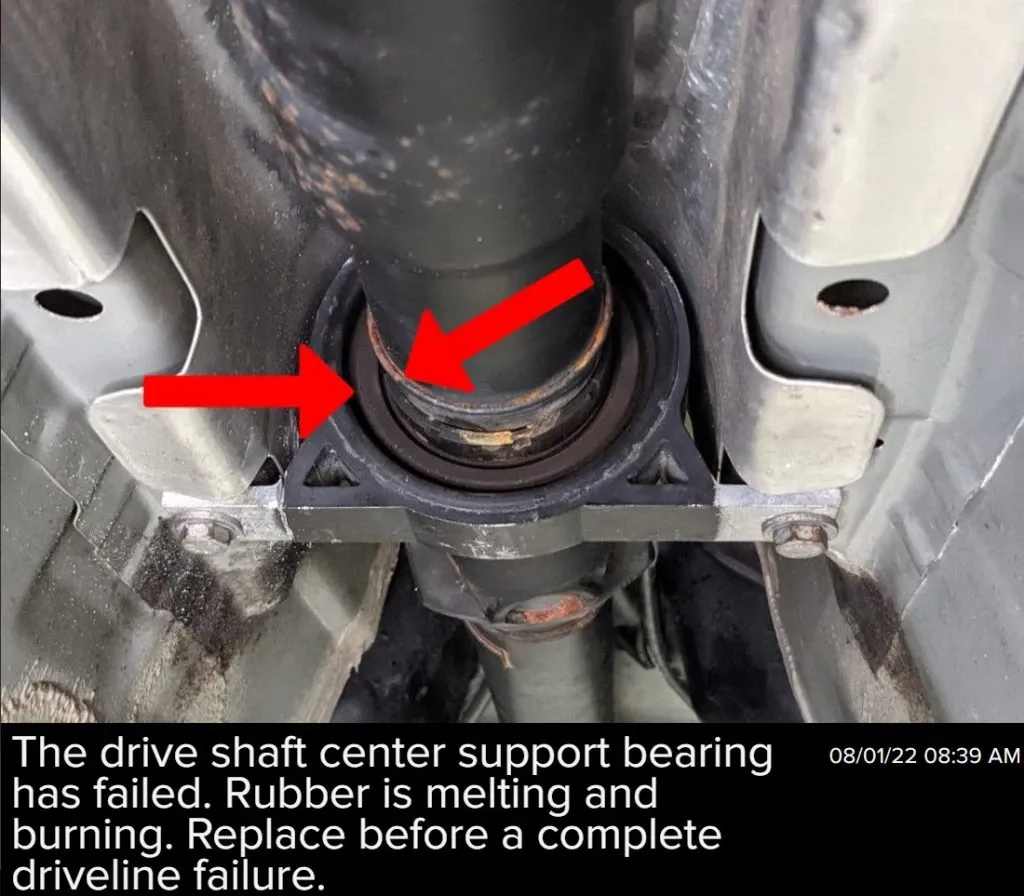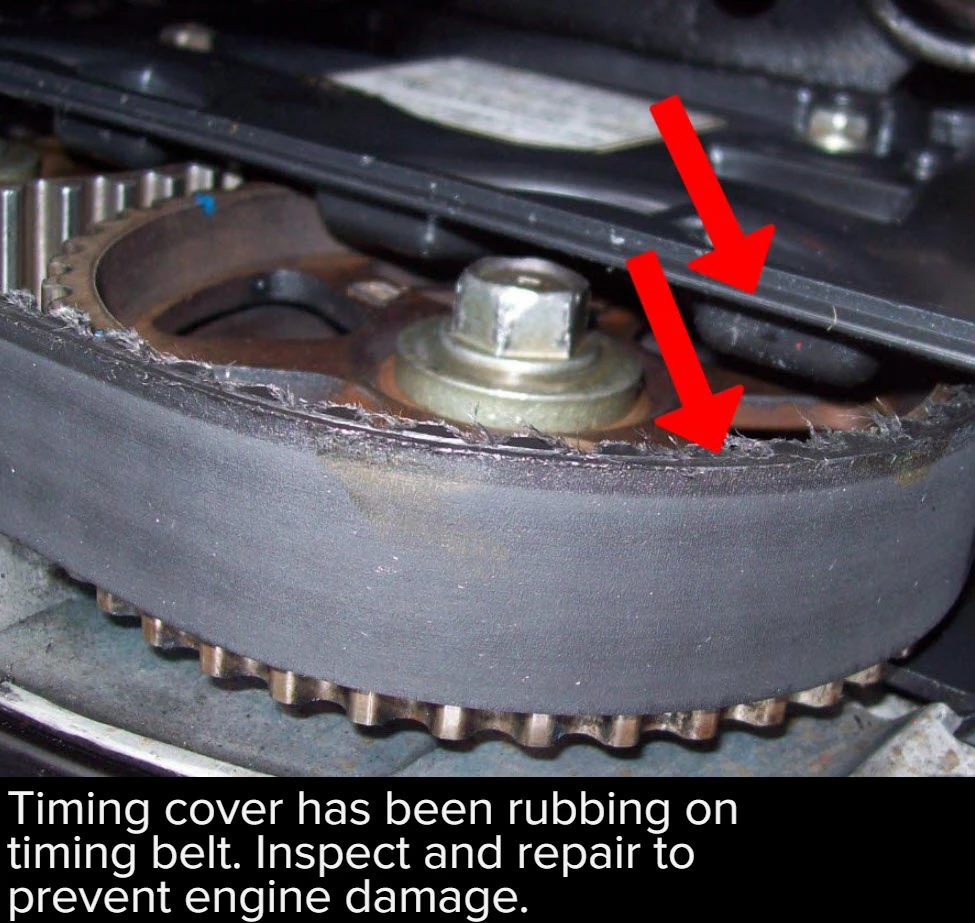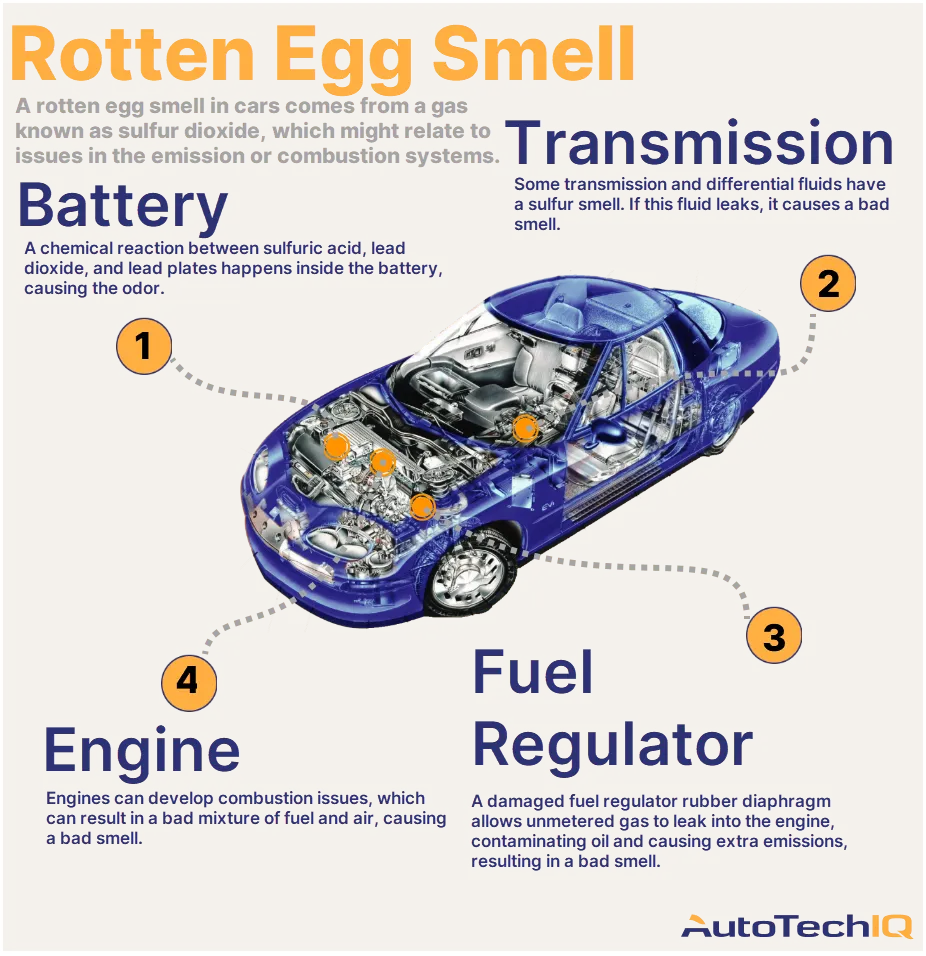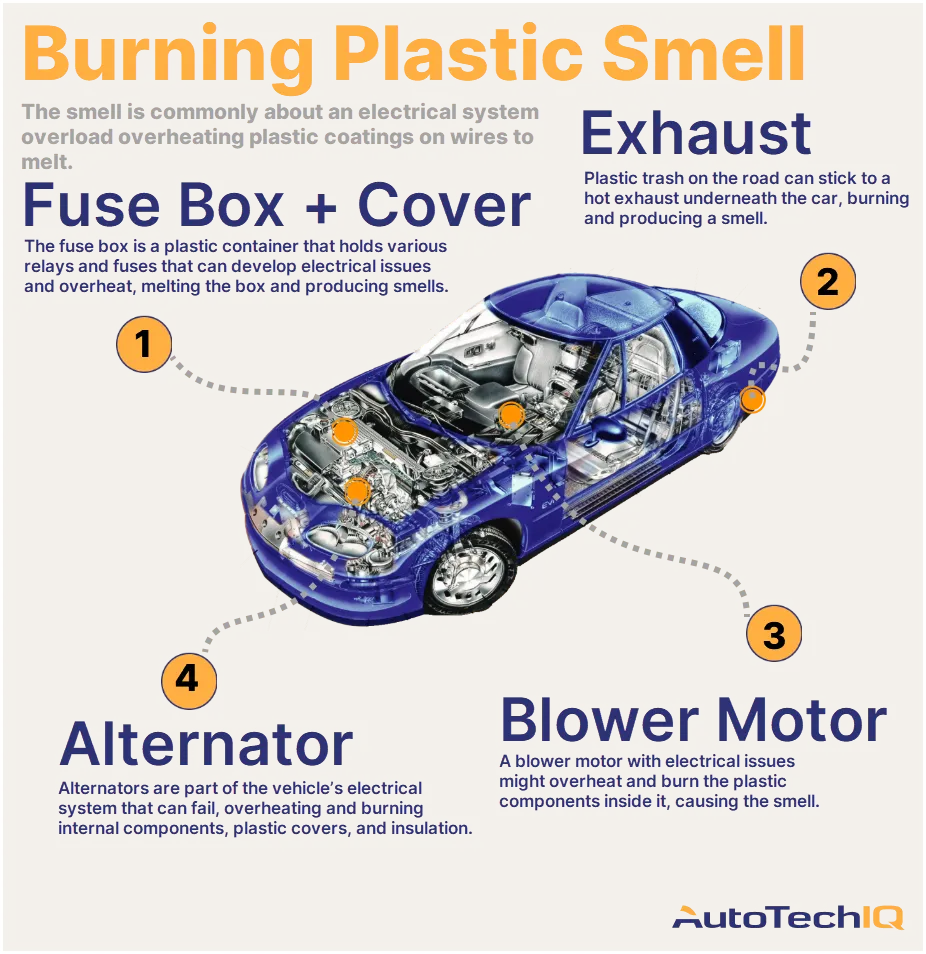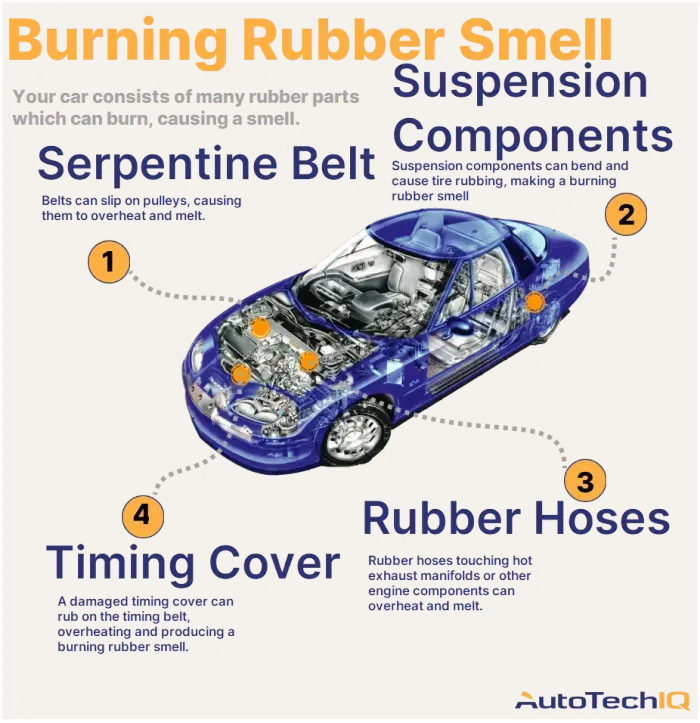
Do you experience the smell of burning rubber?
The most common reason for a car making a burning rubber smell is because of a serpentine belt that slipped. The slipped belt commonly starts touching a hot component, and since it's made of rubber, it causes a burning rubber smell.
- Overheating internal components: Overheating internal components can cause a burning rubber smell due to the breakdown of rubber hoses and belts. When the engine or other components become too hot, it can cause rubber hoses and belts to deteriorate, releasing a strong odor.
- Slipping serpentine belt: A slipping serpentine belt can cause a burning rubber smell in a car due to friction and overheating. If the belt is loose, and slips, it can generate heat and friction, leading to a burning rubber smell as the belt deteriorates.
- Failed tensioner: A failed tensioner can cause a burning rubber smell in a car due to the increased friction and heat generated by a loose or misaligned serpentine belt. The tensioner maintains the proper tension of the serpentine belt, if it fails, it'll generate extra friction, causing the burning smell.
- Bent suspension components: Bent suspension components can cause a burning rubber smell in a car due to the misalignment and increased friction between the tires and the road. This can lead to a burning rubber smell as the tires deteriorate.
- Friction on the timing cover: Friction on the timing cover can cause a burning rubber smell in a car due to the rubbing of the timing belt or chain against the cover. This friction can generate heat and cause the belt or chain to deteriorate, emitting a burning rubber smell.
- Faulty drive shaft center support bearing: The drive shaft center support bearing supports the drive shaft in its housing and allows it to rotate smoothly. If the bearing is faulty, it can cause the drive shaft to vibrate or wobble, leading to friction between the drive shaft and surrounding components.
It's common to notice a burnt rubber smell coming from your car. Often, it is not tire-related; the odor might come from rubber contact with a hot engine or exhaust pipe instead. Hence, many of your car's rubber parts, such as coolant hoses, steering hoses, timing belts, and accessory drive belts, might have something to do with it.
Acting early is crucial since rubber can deteriorate under high heat and affect related parts.
